It’s no secret that Pinterest is perfect for finding your desired home inspiration and creating that dream space. But how exactly do you take a Pinterest Board and make it clear and concise to begin transforming your space!?
Okay- so it’s actually a quite simple process and I cannot wait to help you begin to transform your spaces. The 5 basic steps to fully utilizing Pinterest are:
-
Identify Your Why
-
Pin Like Crazy
-
Create sub-folders within your home board
-
Narrow Down Pins
-
Identify Key Elements
These 5 steps are suuuuper easy to accomplish, especially if you are a beginner in the DIY space and this is your first time doing it yourself vs hiring out a project. Remember that Pinning is virtual, there is ultimately no way to mess this up. Ready to start? Let’s break these 5 steps down more!
Step One: Identify Your Why
Ask yourself the following questions to help identify your why for the space. This will help you identify it’s desired functionality, budget and priorities.
-
What is the purpose of this space for our family?
-
What do we currently use this space for?
-
What do we want to use it for?
-
Why do we want to redo this space?
-
What works about the space right now?
-
What does not work about the space right now?
-
What style do we want for the space?
-
What types of life moments will happen in this space?
-
How much of an investment will renovating this whole space cost?
-
Can we afford that investment right now?
Step Two: Pin Away
Pinterest is such a smart search engine tool. It will track your pinning and give you pin suggestions. So if you are a beginner and just starting out with no knowledge or design or style types, Pinterest will help you create a cohesive design without even trying. I recommend starting to pin by searching keywords: Ex: Modern Farmhouse Kitchen, Warm Hallway Ideas, Neutral toned bathrooms, Natural element living room.
Once you start your keyword search you will see a bunch of images. If the images generated on your screen match what you are thinking then start pinning away. If they don’t match then trying changing up certain sections of the keywords to get closer.
Tip: If you find one pin that you really like. Click on that pin and then scroll down to see similar ideas to that pin.
Don’t be afraid to pin a lot! You will refine your pins in a later step.
Step 3: Create Folders
As you are pinning you might find that you like certain elements from a picture but not other elements. Rather than not pinning the image at all (and risking forgetting what you liked about it) I recommend pinning the items into specific subfolders within a Pinterest Board. Ex: you have a kitchen board with the following sub folders: Color Scheme, Countertop, Cabinet Style, Flooring, Lighting, Kitchen Table, etc.
Here are the steps you will take when creating a subfolder:
Once you are in the board you want to create subfolders in click Organize. You should see the words “Select and reorder” at the top. Select the Pins you want to organize in the different groups.
Step 4: Narrow down Pins
Remember on Step 2 how I mentioned that you would refine your pins in a later step? Well we are there! So the key to this step being successful is you need to step away from Pinterest for 24-48 hours. It is your Pinterest cleanse. The reason for this is because once that period of time is up you are going to go back to your Pinterest boards and look at them from a birds eye view. Let me break it down.
Look at your Pinterest board as a whole. What image stands out to you? Why does it stand out to you? Typically it stands out to you because it doesn’t match the rest of the pins… do you get where I am going? Okay- perfect!
You are working to identify which pins are a clear vision or what you want and which ones are nice but not cohesive to your overall vision.
Step 5: Identify Key Elements
Once you’ve narrowed down your Pinterest boards you will begin to identify key elements to make your vision come to life.
For example do all of your photos have a fun tile pattern or color? Maybe you have a lot of unfinished woods or open shelf concepts.
Once you identify your key (similar or common) elements. You will use this to make a vision board and create a budget for your space.
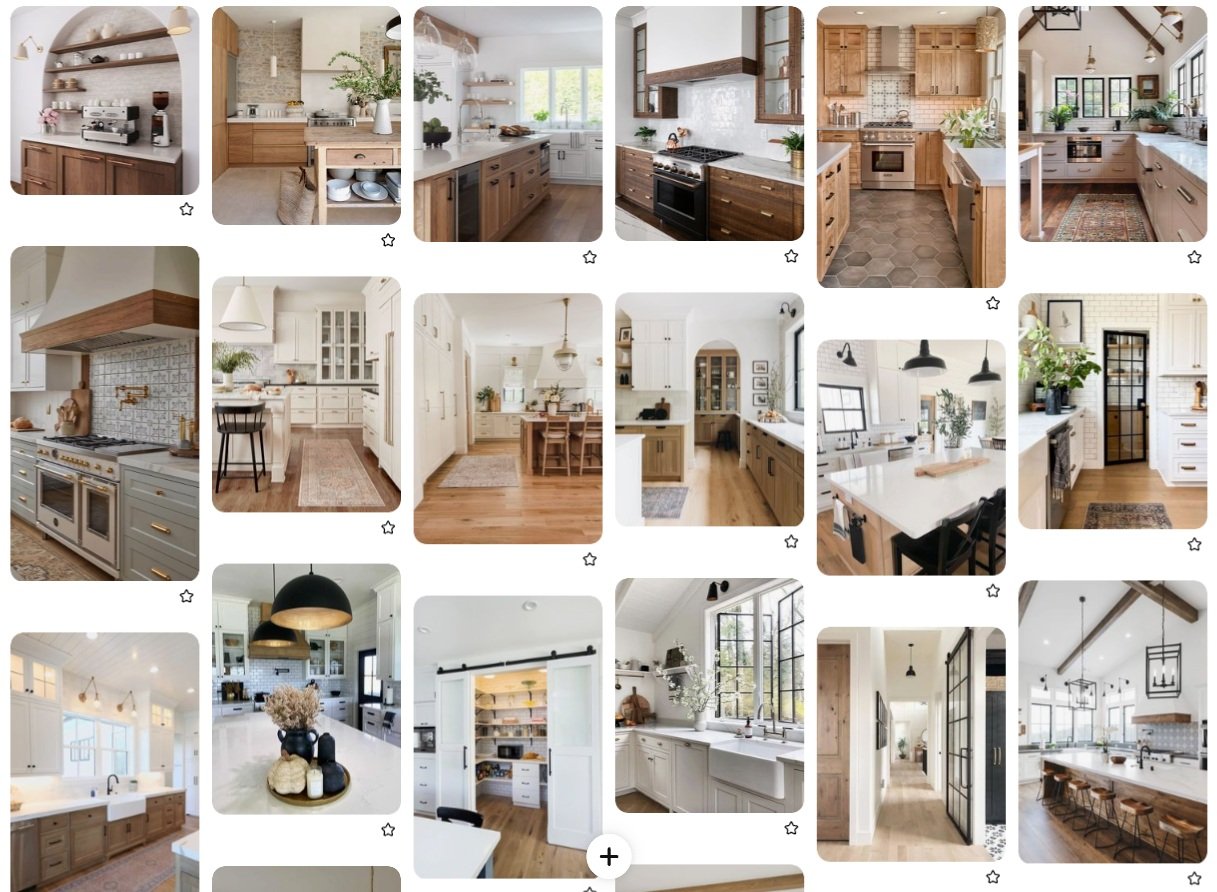
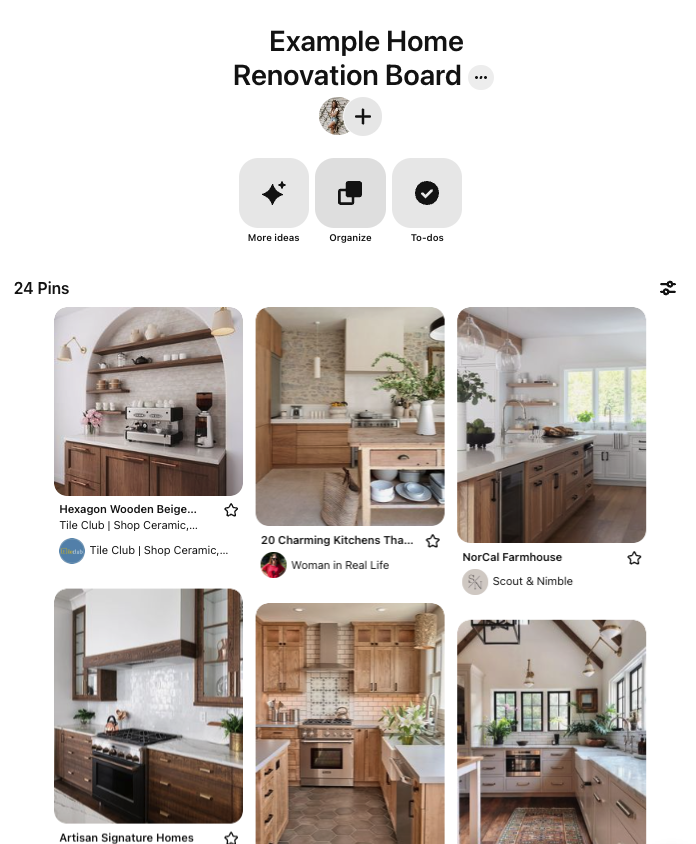
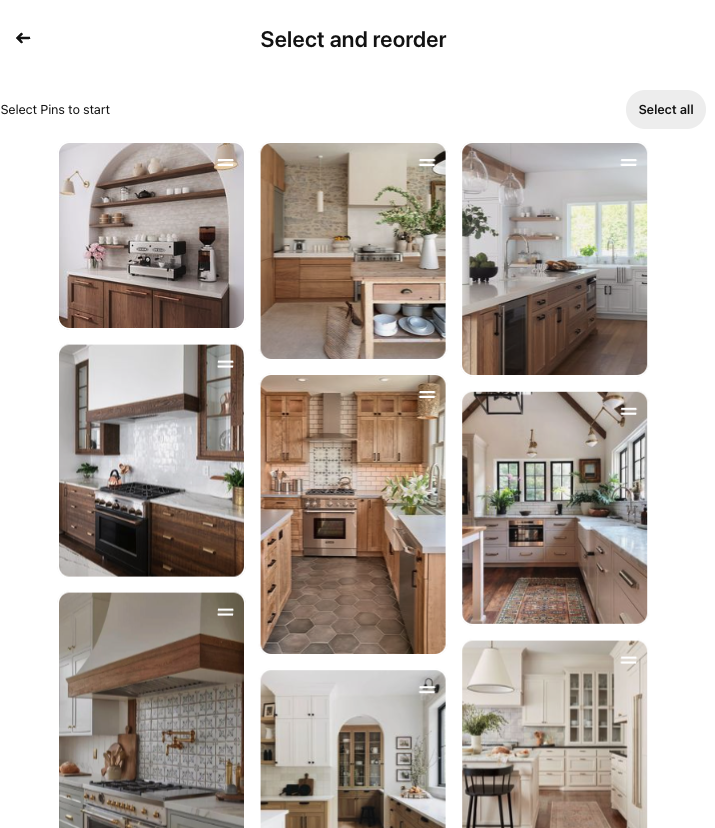
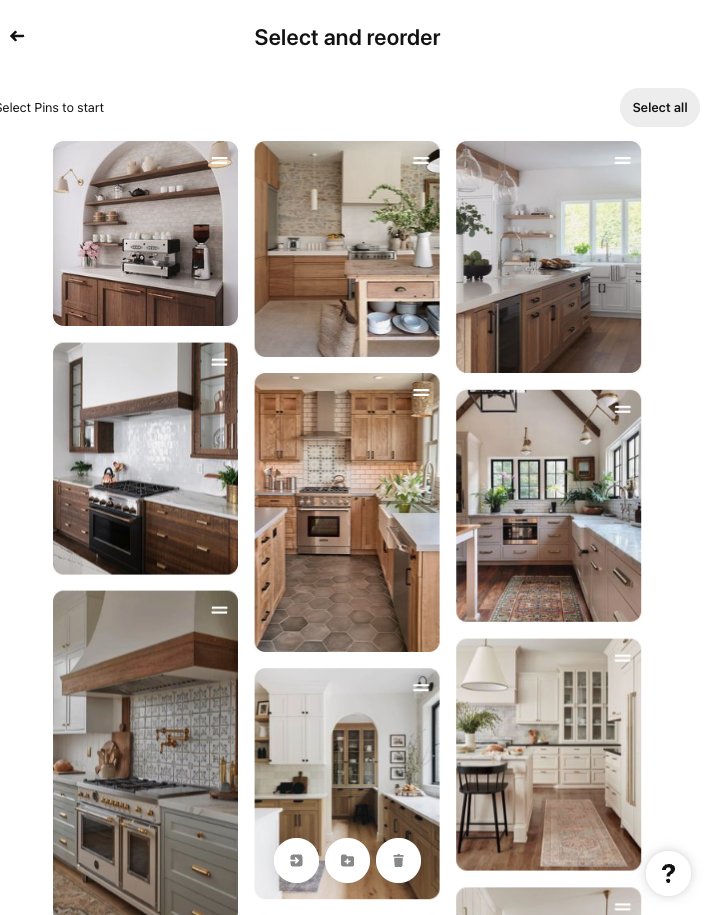


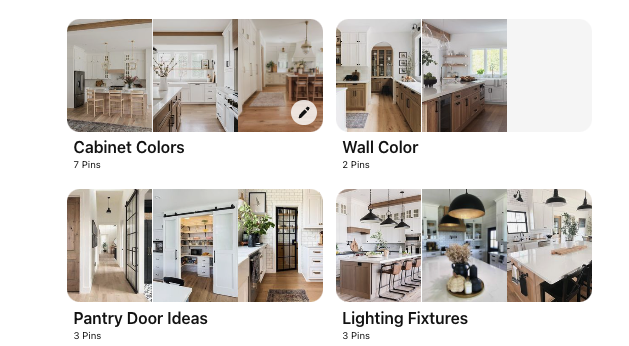
Comments